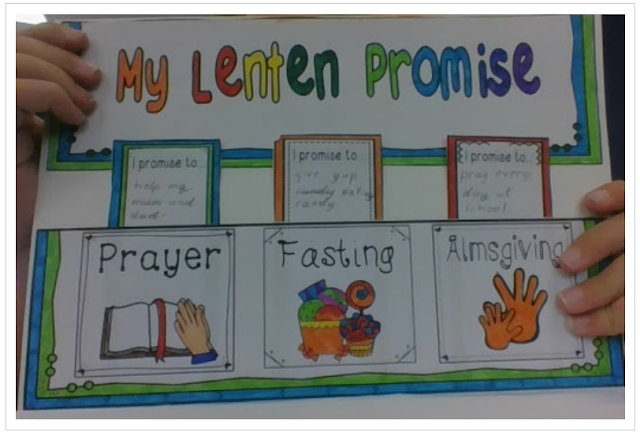This week we have been remembering Parihaka.
One hundred and fifty years ago there was a village in Taranaki called Parihaka. It lay between the Taranaki coast and Taranaki mountain.
This village was special because people from many different Māori tribes had come to live there. Many had had their land confiscated and needed a safe place to live – to grow their food and raise their families. Parihaka was also a special place because it was a place of peace.
The leaders of the village were Te Whiti o Rongomai and Tohu Kākahi. They didn’t believe in fighting. They had heard the words of Jesus in the bible which said, “If anyone hits you on the right cheek, offer him the other as well”. They told the people to put away their weapons. They told them that if government soldiers came to take their land, they should greet them with gifts.
One early morning in Parihaka an important event occurred. The people were just beginning to move around the village when a large albatross came down to land on Tohu’s marae and left a feather there. The people believed that the albatross was a chiefly bird with much mana. By landing on Tohu’s marae, the albatross was indicating that Tohu was a great chief and the people should listen to him. The people began to follow the ways that Tohu taught them. And the albatross feather (or raukura) became an important sign for the people of Parihaka.
The children of Parihaka were called tātarakihi which means ‘cicadas’. The older people said they sounded like cicadas because they chattered so much. The children had jobs to do at Parihaka. They helped to
feed the hens and the pigs, and they helped to grow food in the gardens. They also played together and learned to dance and sing.
One day Tohu and Te Whiti called the people to the marae, and told them:
“Kua rere mai te kōrero ki ō mātou tāringa, āpōpō ka tae mai ngā hōia ki konei ki te raupatu i ō tātou whenua. Me noho tātou ki konei, ki runga i te marae ātea, tatari ai ki a rātou. Ka tunu ngā wāhine i te parāoa mā rātou , ka waiata hoki ngā tamariki ki te ope hōia.”
“We have heard that the soldiers are coming tomorrow to try to make us leave our land. We will sit here on the marae and wait for them. The women will bake bread for them and the children will sing and dance.”
So, late into the night the people of Parihaka prepared for the soldiers to come. Just before the sun rose the children went out onto the road leading into the village. When the soldiers arrived with their guns they saw the children of Parihaka singing and dancing in the road with albatross feathers in their hair.
The children couldn’t stop the soldiers from entering the village and taking the men to prison, but they made the soldiers ashamed of their swords and their guns. No-one was killed in Parihaka that day because the people refused to fight the soldiers with weapons. Instead they stood up to them with courage and mana. Sometimes the descendants of the people of Parihaka wear albatross feathers to remember the dignity of their tūpuna and how they resisted giving up their land without using violence.
(from the Caritas resource)
We made raukura using our Google Tools. Check our individual blogs to see them.















